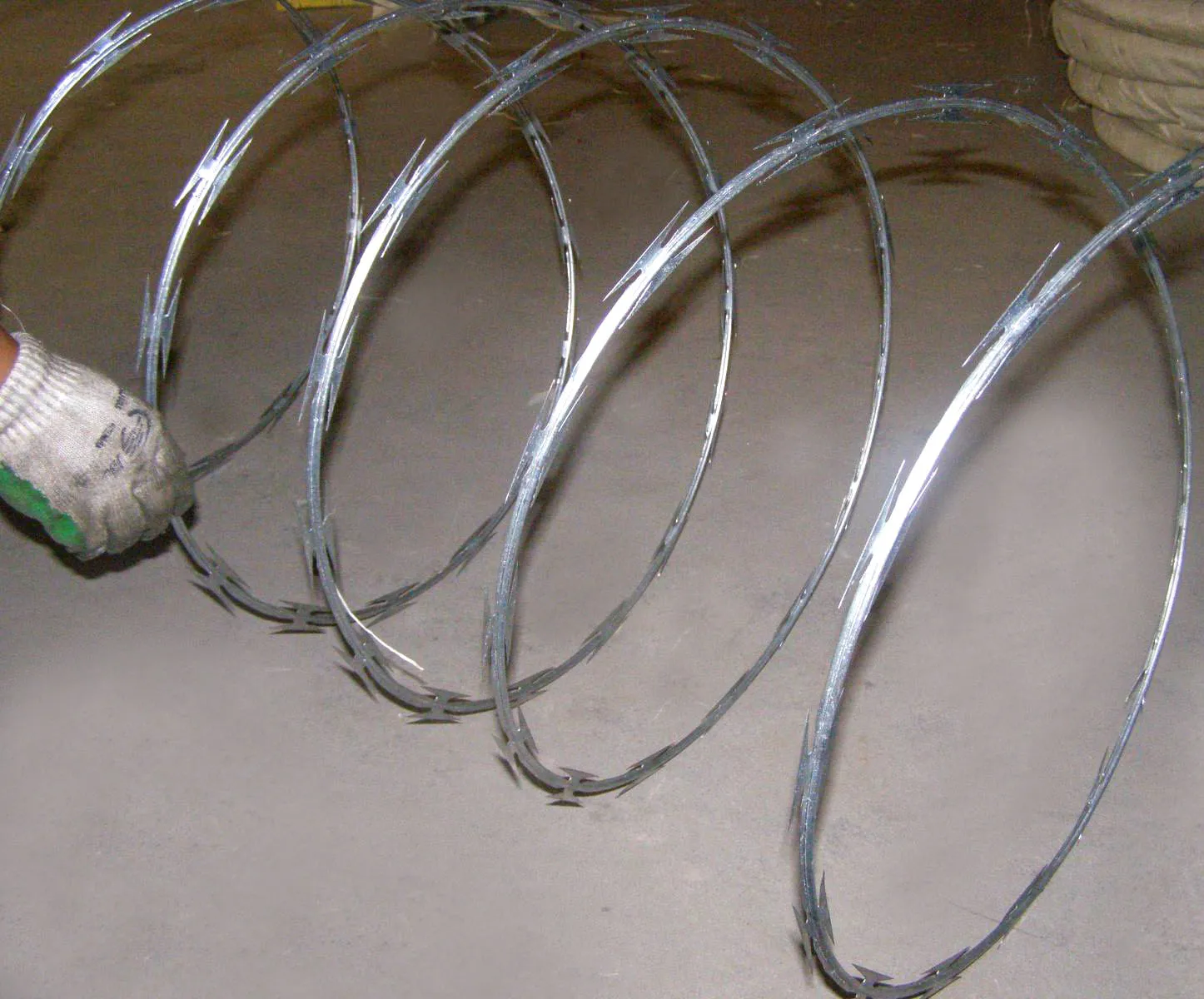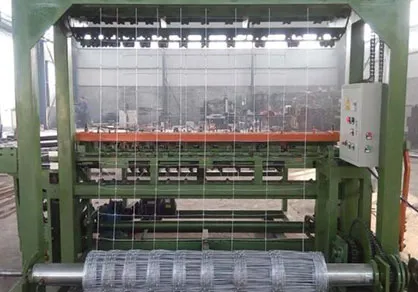

Installation technique significantly impacts the effectiveness of the screw holding power and the longevity of the installation. One practical tip requires adjusting your screw gun to the correct depth setting. It prevents screws from being under-driven or over-driven, protecting the drywall’s integrity. Additionally, spacing the screws properly is vital. For ceilings, screws should typically be placed every 12 inches apart on the center of the board to distribute load evenly and minimize sagging over time. A common concern when installing a drywall ceiling, especially heavier 5/8-inch types, is screw pops. These appear when the screw head pushes through the finished surface. The cause is often inadequate drywall screw support or improper screw tension during installation. To avoid this, ensure the framing is adequately designed to support the ceiling load, and pay meticulous attention to screw depth during installation. Another consideration is the environmental and safety certifications of the screws. Screws with certifications from reputable organizations like ASTM International reassure buyers of adherence to safety standards, enhancing credibility. Moreover, choosing products from established brands with a history of quality assurance adds an extra layer of confidence in your choice. Making informed decisions in selecting screws helps not only with installation ease but also with the safety and durability of the structure. By drawing insights from professionals and adhering to industry best practices, your investment in quality drywall ceiling installation will stand the test of time, enhancing both the aesthetic appeal and the functional integrity of your space. This meticulous approach to selecting and installing drywall screws underscores the importance of not merely meeting the minimum requirements, but striving for excellence in every facet of construction work. By prioritizing quality and precision at the very start, your systems and structures are more likely to deliver long-term reliability and satisfaction.

















